The Blazing Life of Blaze Starr: Burlesque’s Fiery Rebel Who Turned Headlines Into Art
Blaze Starr wasn’t just a name. She was a movement—a flash of color in a black-and-white world, a woman who didn’t just dance across the stage but stormed her way into American pop culture. With fiery red hair, sizzling charisma, and a presence that made even politicians weak in the knees, Blaze Starr carved her name into the burlesque world like a spark on velvet. But who was this legendary performer, really? Let’s peel back the rhinestones and find out.
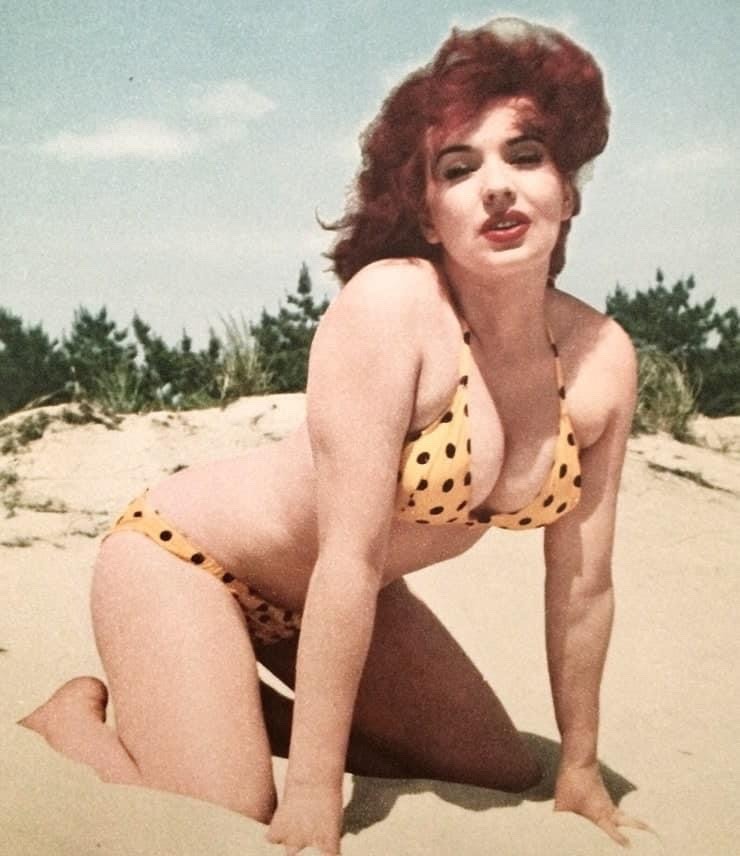
From Appalachian Hills to Center Stage
Born Fannie Belle Fleming on April 10, 1932, in the rugged hills of Wayne County, West Virginia, Blaze Starr’s beginnings were anything but glamorous. She was one of eleven children raised in a working-class family in Newground Hollow. Her youth was spent in coal country, surrounded by poverty and hardship. By 15, she left home, hungry for something more—something thrilling.
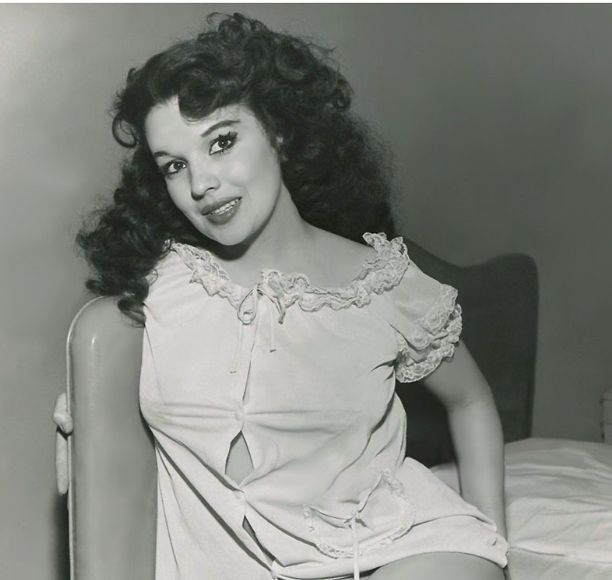
She found herself in Washington, D.C., working as a waitress and a hat-check girl. That’s where fate stepped in. A talent scout named Red Snyder recognized something magnetic about her. He not only became her manager but also gave her a name that would soon light up marquees across America: Blaze Starr.
Video : BLAZE STARR TRIBUTE
The Rise of Burlesque’s Brightest Flame
When Blaze arrived in Baltimore in 1950, she made her debut at the famed Two O’Clock Club. From the very beginning, her performances were unlike anything audiences had seen. She didn’t just remove clothing—she built drama, stirred laughter, and exuded charm. One of her signature acts involved lounging on a specially-rigged couch that emitted fake smoke and flames, earning her the nickname “Miss Spontaneous Combustion.”
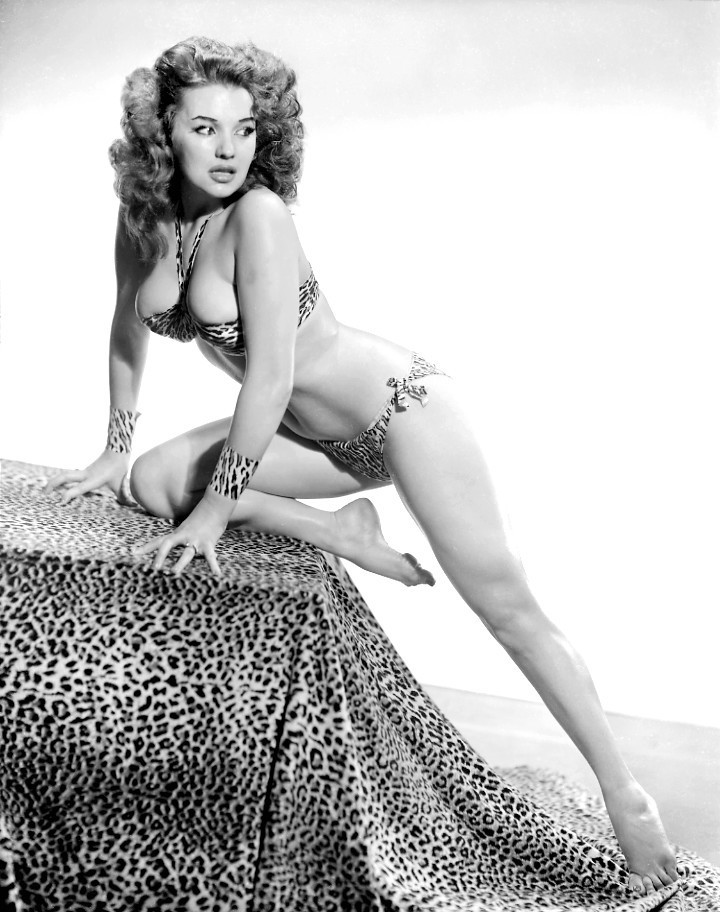
Her bold routines combined humor and spectacle. Audiences never knew what to expect—one night, she might be dancing with a panther cub, the next night wrapped in a balloon costume that popped with every shimmy. She transformed burlesque from simple striptease to performance art, infusing it with sass, timing, and showbiz flair.

In 1954, her fame skyrocketed after she was featured in Esquire magazine’s “B-Belles of Burlesque” photo spread. That exposure led to nationwide tours and club appearances from New Orleans to Chicago. She became more than just a performer—she became a pop culture icon.
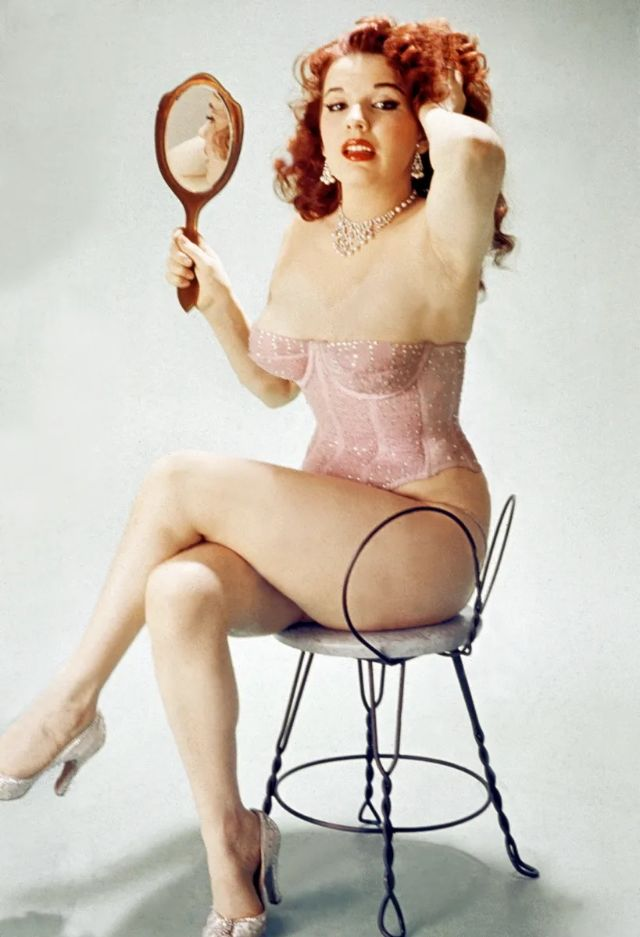
The Affair That Rocked American Politics
Perhaps the most talked-about chapter of Blaze Starr’s life began in New Orleans, where she performed at the Sho-Bar. It was there that she met Louisiana Governor Earl Kemp Long. Their connection was instant and explosive. Despite being married, Long pursued Blaze publicly, and their romance played out in headlines across the country.
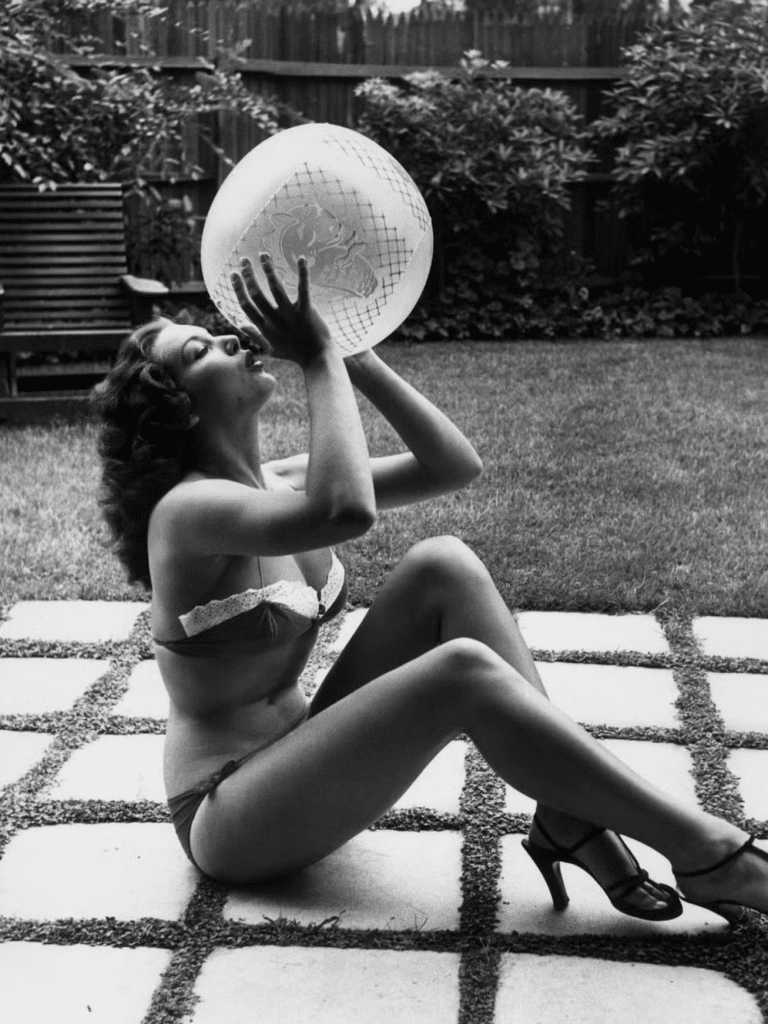
It wasn’t just scandalous—it was defiant. A southern governor involved with a burlesque queen in the deeply conservative 1950s? The pairing was unthinkable to some and irresistible to the rest. Yet the love was real. Long lavished Blaze with gifts, including a five-carat diamond ring, and often visited her during performances, ignoring the social and political fallout.
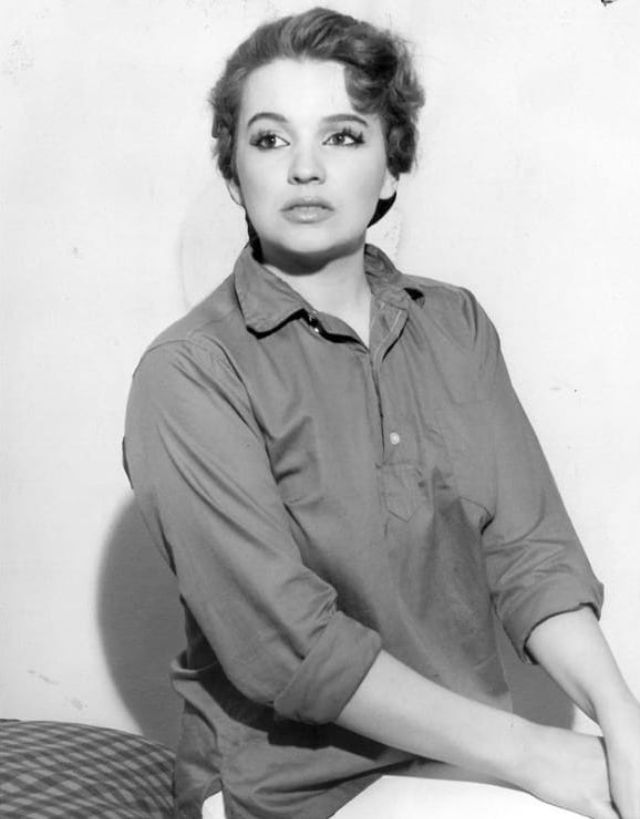
Their affair lasted until his death in 1960. Blaze always maintained that they had planned to marry. She later shared their story in her 1974 memoir, Blaze Starr: My Life as Told to Huey Perry, which was adapted into the 1989 film Blaze. The movie starred Paul Newman as Long and Lolita Davidovich as Blaze, with Starr herself making a cameo appearance. Even Hollywood couldn’t resist her tale.
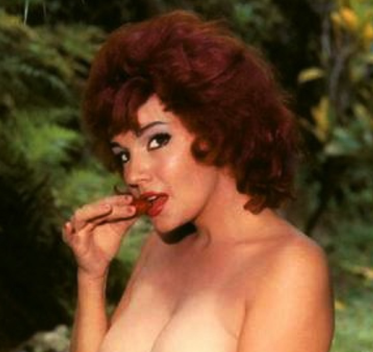
A Woman of Many Talents
Blaze wasn’t just a dancer and scandal magnet—she was also a businesswoman. In 1968, she bought the Two O’Clock Club for $65,000, becoming one of the few female club owners in the male-dominated burlesque industry. Her ambition didn’t stop there. By the late 1970s, she shifted focus to jewelry making, a craft she took seriously. She studied gemology and sold handmade earrings and necklaces under her label “Showgirl Creations.”
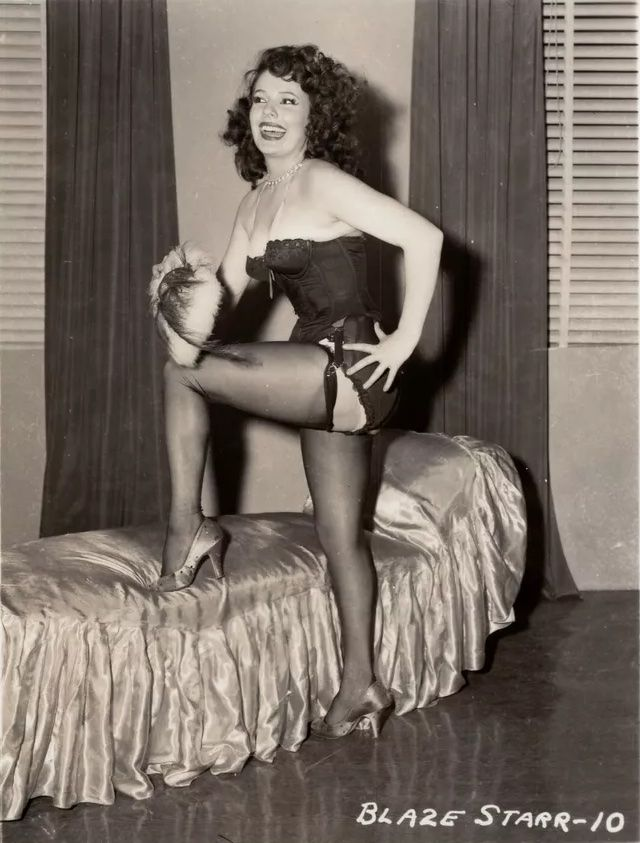
Her ability to reinvent herself proved just how sharp and savvy she truly was. Blaze didn’t wait for doors to open—she kicked them down and sparkled her way through.
Video : Blaze Starr’s white bullet bra
A Lasting Mark on American Culture
Even after her retirement from the stage in 1983, Blaze Starr remained a cultural figure. Her gowns, feather boas, and bejeweled props became part of museum collections. Her costumes are preserved in places like the Museum of Sex in New York and the Burlesque Hall of Fame in Las Vegas. In 2024, an exhibit titled “The Hottest Blaze in Town” opened at the Community College of Baltimore County, honoring her unique legacy with photos, videos, and memorabilia.
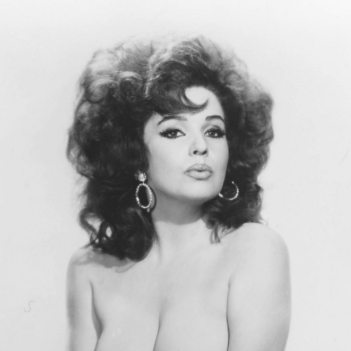
Filmmaker John Waters once said Blaze turned stripping into an art form. And he wasn’t exaggerating. Blaze broke the mold of what a burlesque star could be—she was clever, commanding, and completely unforgettable.
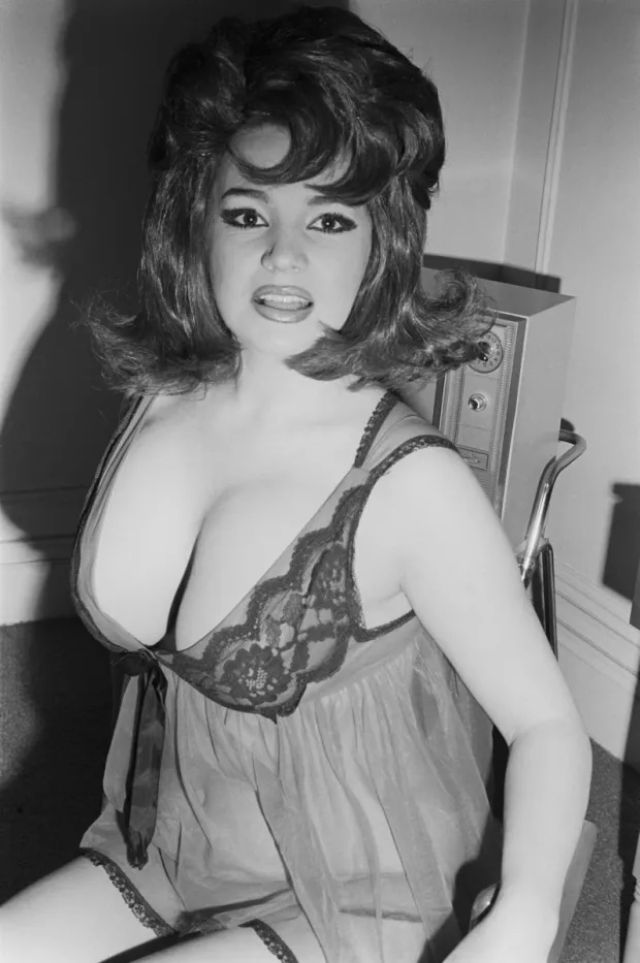
Her Final Bow
Blaze Starr passed away on June 15, 2015, in her hometown of Wilsondale, West Virginia. She was 83. According to her nephew, she had been deeply worried about a stray dog she had adopted, and the stress may have contributed to her heart failure. She was laid to rest in the same dazzling gown she wore to the premiere of Blaze, a fitting tribute for a woman who had spent her life lighting up stages.
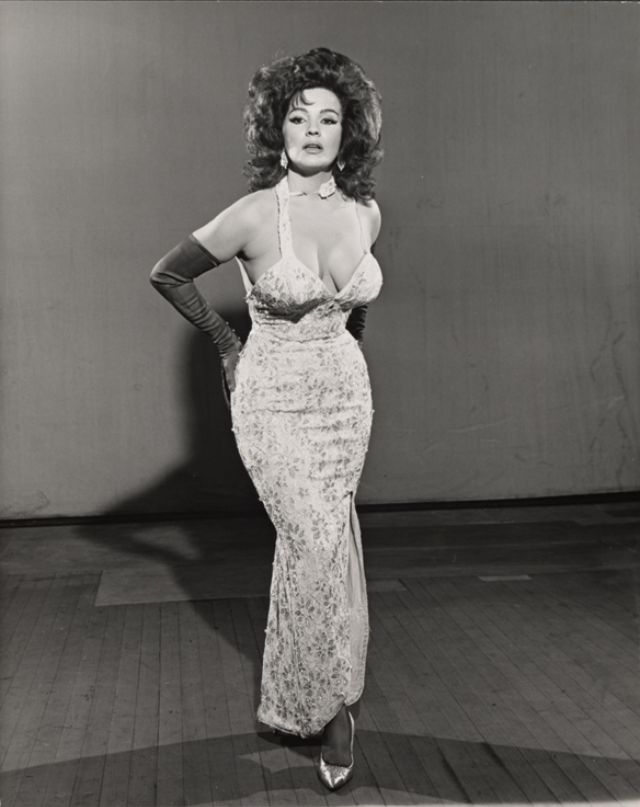
Conclusion: The Spark That Still Glows
Blaze Starr lived on her own terms. From a dusty corner of West Virginia to the smoky stages of burlesque’s golden age, she made her life a performance—and the world couldn’t look away. She wasn’t afraid to fall in love with a governor, to own her own club, or to turn her passions into profit. She lived loudly, laughed heartily, and sparkled until the very end.
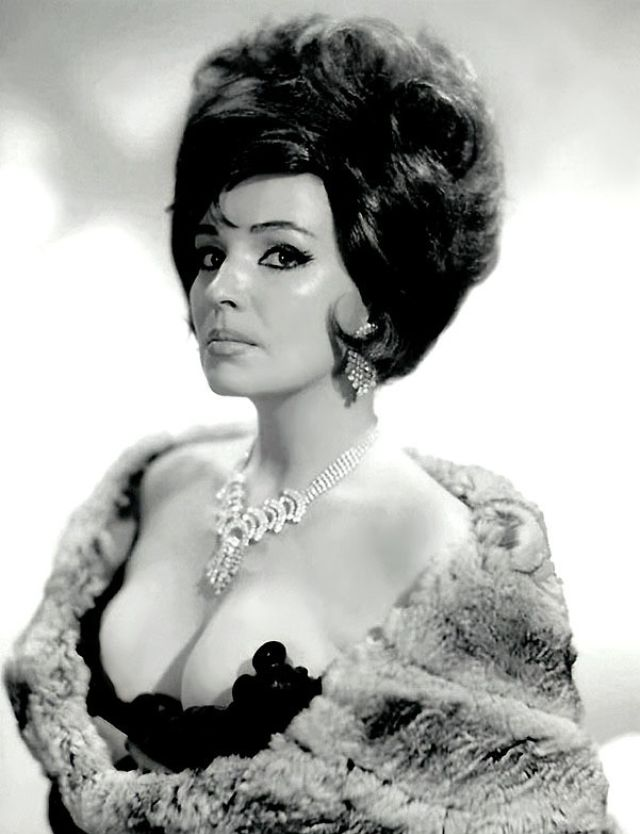
In a world that still struggles to celebrate bold, unfiltered women, Blaze Starr remains a beacon. She didn’t just blaze trails—she left a whole glittering highway behind her.